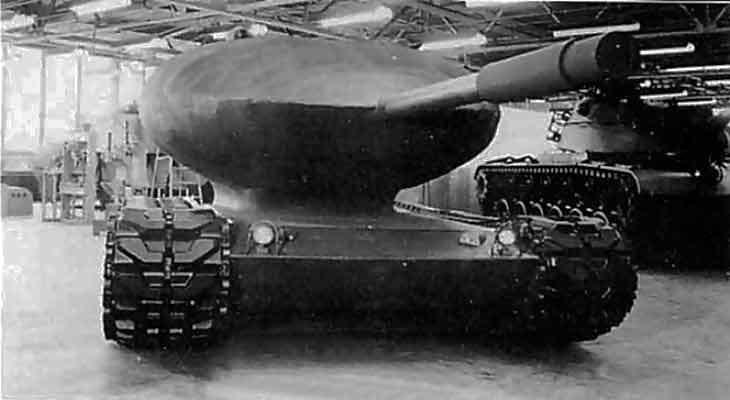
The era of unusual tanks
The era of unusual tanks
The first tanks marked Mark I were used in combat in 1916 by the British at the Battle of the Somme in support of the infantry. The first massive tank attack occurred during the Battle of Cambrai in 1917. On the occasion of the XNUMXth anniversary of these events, let me present an overview of little-known models and concepts of tanks - unique and paradoxical designs.
The first true armored vehicles were armored vehicles developed in the first decade of the XNUMXth century, usually equipped with a machine gun or light cannon. Over time, on larger and heavier vehicles, the number of weapons and caliber increased. At that time, they were fast and well protected the crew from rifle fire and shrapnel. However, they had a significant drawback: they worked very poorly or did not work at all.
off paved roads...
To solve this problem, from the end of 1914, attempts were made in Great Britain to convince the officers of the British War Office of the need to build armed, armored combat vehicles based on caterpillar agricultural tractors. The first attempts in this direction were made in 1911 (by the Austrian Gunther Burstyn and the Australian Lancelot de Molay), but they were not recognized by the decision makers. This time, however, it worked, and a year later the British, Lieutenant Colonel Ernest Swinton, Major Walter Gordon Wilson and William Tritton, designed and built a prototype of the Little Willie tank (Little Willie), and the works themselves - to disguise them - were hidden under the code name Tank. This word is still used in many languages to describe a tank.
Along the way of the evolution of the concept until January 1916, prototypes of the well-known diamond-shaped tanks Mark I (Big Willie, Big Willy) were built and successfully tested. They were the first to take part in the Battle of the Somme in September 1916, and also became one of the symbols of Britain's participation in the First World War. Mark I tanks and their successors were produced in two versions: "male" (Male), armed with 2 cannons and 3 machine guns (2 x 57 mm and 3 x 8 mm Hotchkiss) and "female" (Female), armed with 5 machine guns (1 x 8 mm Hotchkiss and 4 x 7,7 mm Vickers), but in subsequent versions, the details of the weapons changed.
The Mark I variants had a combined weight of 27 and 28 tons, respectively; their characteristic feature was a relatively small hull, suspended between large diamond-shaped structures with armored sponsons along the sides, which were completely held together by caterpillars. The riveted armor was 6 to 12 mm thick and protected only from machine-gun fire. A very complex drive system, consisting of a 16-cylinder Daimler-Knight engine with 105 hp. and two sets of gearboxes and clutches, required 4 people to work - a total of 8 crew members - 2 for each track. Thus, the tank was very large (9,92 m long with a “tail” that facilitates control and overcoming trenches, 4,03 m wide with sponsons and 2,44 m high) and low-speed (maximum speed up to 6 km / h), but it was quite an effective means of supporting the infantry. A total of 150 Mark I tanks were delivered, and many, many more models followed its development.